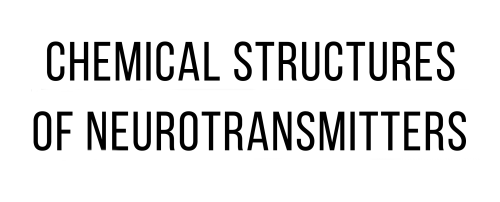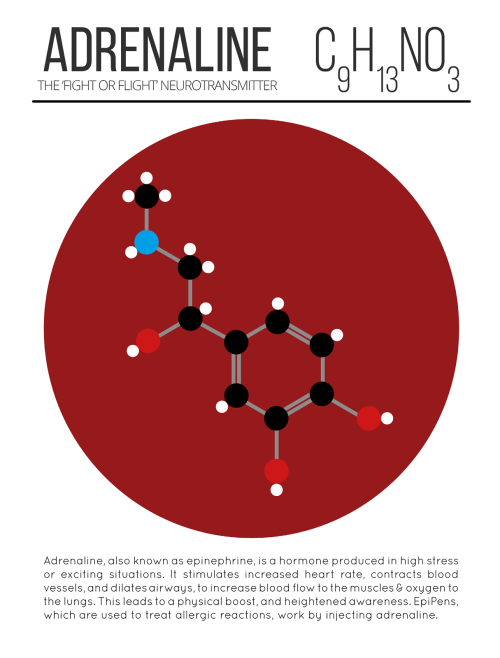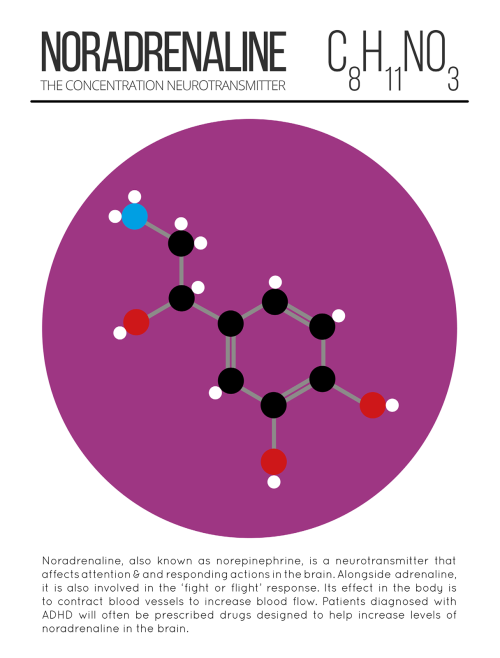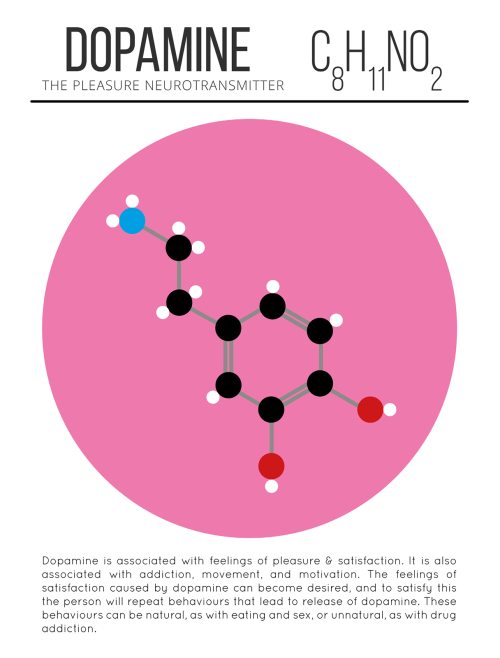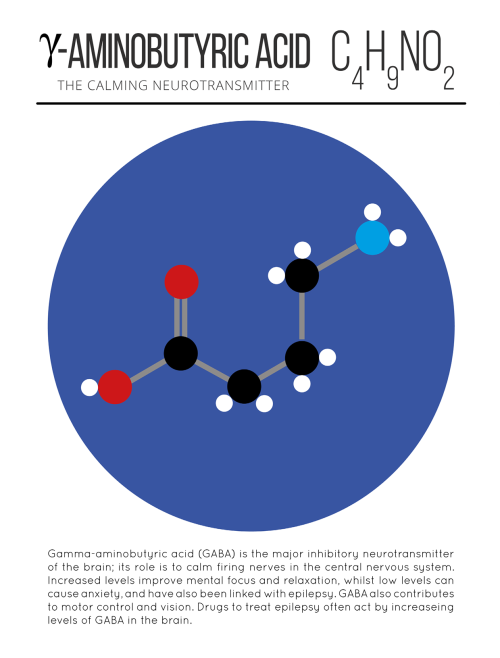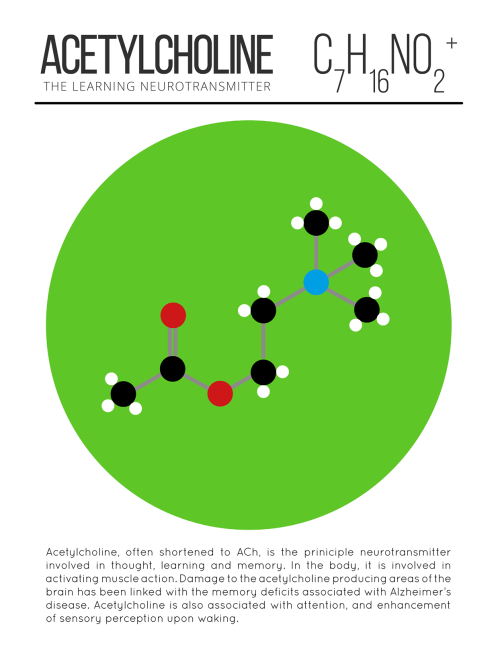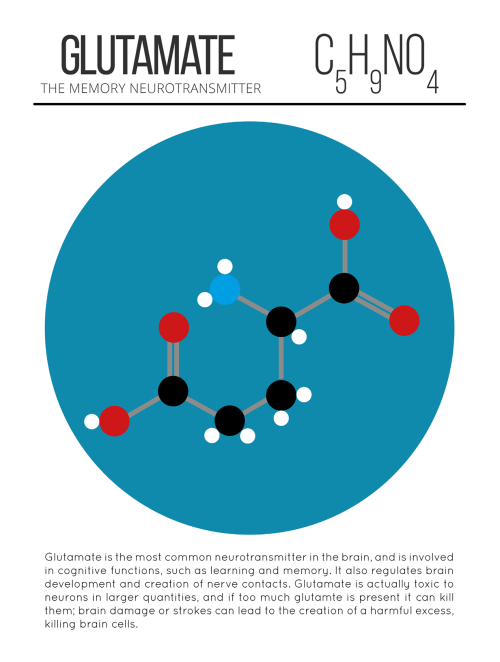Why We Need GMOs to Survive Climate Change
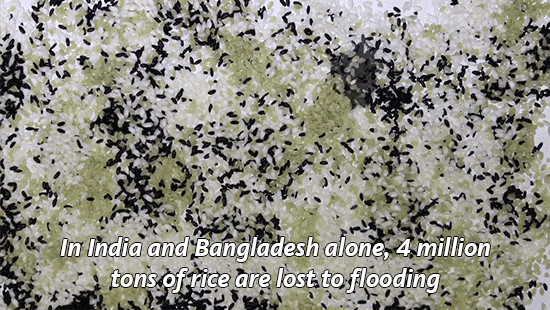
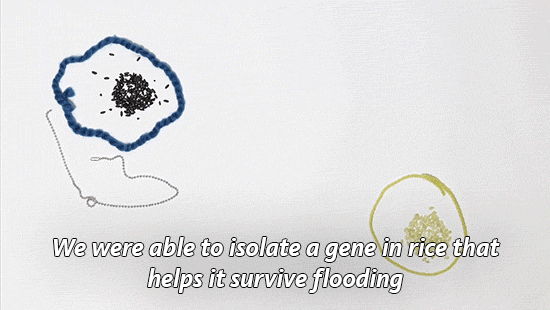
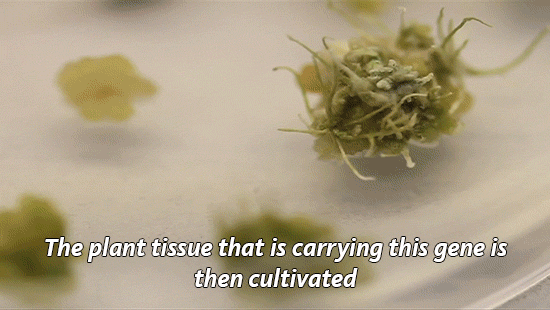
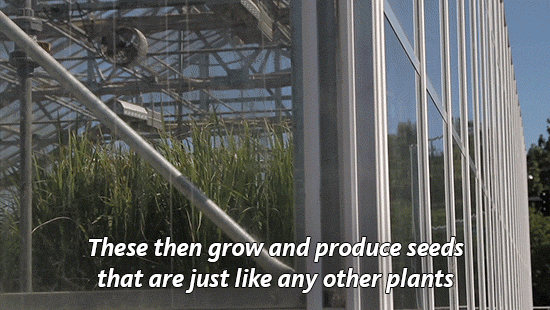
Why we need GMOs to survive climate change
Genetically modified organisms get a bad rap for many reasons, but we’ve actually been genetically altering what we eat since the dawn of human history.
“For 10,000 years, we have altered the genetic makeup of our crops,”explains UC Davis plant pathology professor Pamela Ronald.
“Today virtually everything we eat is produced from seeds that we have genetically altered in one way or another.” (You can read more about Ronald’s thoughts on genetically engineered food here.)
Right now her focus is on rice. It’s one of our basic crops and without it, we would struggle to feed much of the world.
With climate change, we’re seeing an increase in flooding in places like India and Bangladesh, which makes it harder to grow this important food staple.
So Ronald and her lab have developed a flood-tolerant strain of rice. It’s known as Sub1a or “scuba rice” and millions of farmers in South Asia are now growing it in their fields.

Today is National Food Day, a day dedicated to hunger awareness. But as we focus on food insecurity, we need to talk more about how global warming will make the problem worse.
As our climate continues to heat up, it has huge impacts on what foods we are able to grow. Will our crops be able to survive droughts and floods? The University of California leads six labs that are working to develop other climate-resilient crops including chickpea, cowpea and millet.
Find out what other scientists are doing to improve our food.
More Posts from Contradictiontonature and Others




Today is the International Day of Women and Girls in Science, so let’s write women back into science history. Check out the gallery here.

4 new elements added to the periodic table
The seventh row of the Periodic Table of Elements is now complete, rendering all textbooks out of date. The discovered elements don’t have permanent names yet, but their atomic numbers are 113, 115, 117 and 118.
Livermore Lab scientists and international collaborators have officially discovered three of the four new elements: 115, 117 and 118. The illustration above is of 117, tentatively named ununseptium or Uus.
The new elements’ existence was confirmed by further experiments that reproduced them — however briefly. Element 113, for instance, exists for less than a thousandth of a second.
Learn more about the new elements
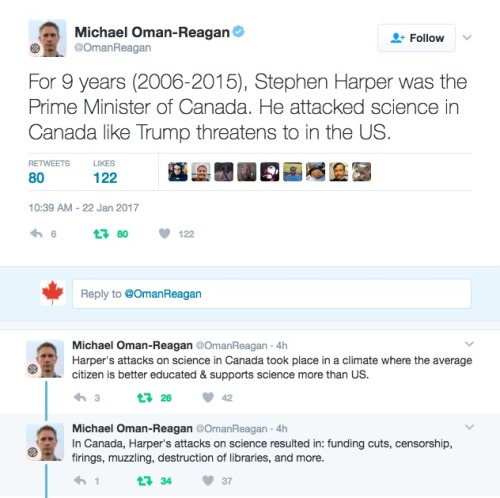
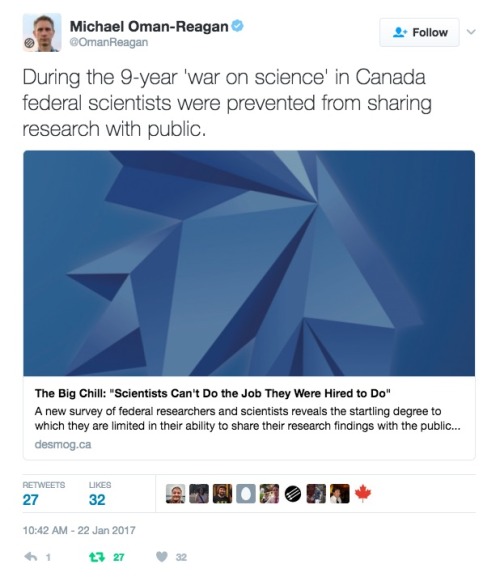

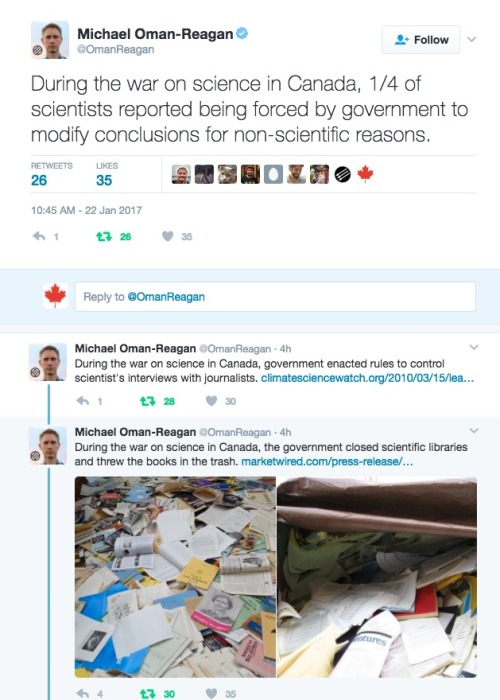
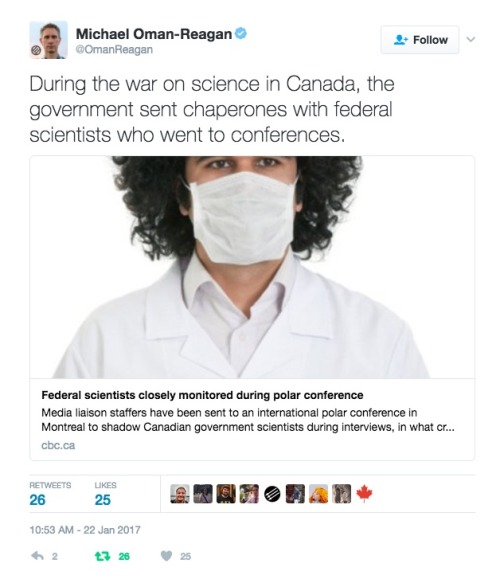

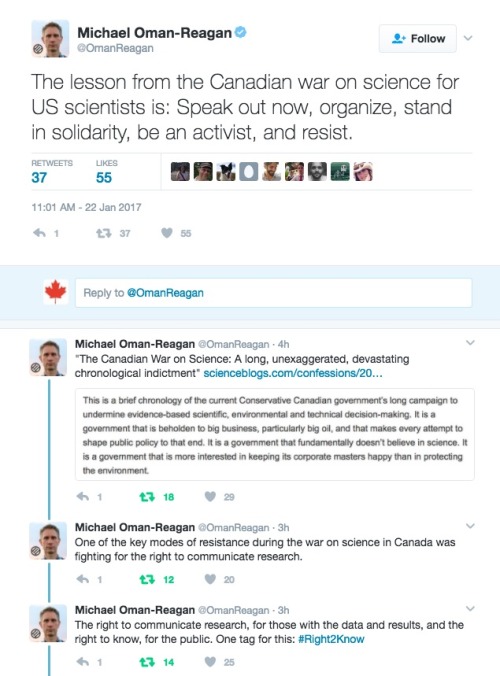


A required read from Michael Oman-Reagan.
This is all true. This all happened in Canada, and its very likely it will happen in the USA under Trump and be worse than Harper’s crackdown on Science ever was.
Links cited in this twitter essay:
The Big Chill: “Scientists Can’t Do the Job They Were Hired to Do”
More than 1000 Jobs Lost, Climate Program Hit Hard in Coming Environment Canada Cuts
Harper Government Trashes Another Federal Science Library
Federal scientists closely monitored during polar conference
Science Silenced: US Scientist Caught in Canadian Muzzle Climate-change scientists feel ‘muzzled’ by Ottawa: Documents
The Canadian War on Science: A long, unexaggerated, devastating chronological indictment
http://ourrighttoknow.ca/
http://write2know.ca/
https://evidencefordemocracy.ca
Liver Circulation - Flashcard

The liver is supplied with blood by the hepatic artery and the hepatic portal vein
branches of the hepatic artery and the hepatic portal vein distribute blood to the periphery of the liver lobules.
Blood passes along sinusoids, which are lined by hepatocytes, which perform numerous metabolic and synthetic functions.
The processed blood passes into branches of the hepatic vein in the centre of each lobule, and eventually drains into the hepatic vein.
The biliary system is independent of the vascular system and bile moves in the opposite direction to the blood.
Initially it is collected in bile ductules which are surrounded by collagenous tissue, which forms part of the collagenous trabecular septum.
The bile is collected by increasingly large trabecular ducts, which fuse to form intrahepatic ducts which finally drain into the main hepatic ducts.


At last, we’ve seen what might be the primary building blocks of memories lighting up in the brains of mice.
We have cells in our brains – and so do rodents – that keep track of our location and the distances we’ve travelled. These neurons are also known to fire in sequence when a rat is resting, as if the animal is mentally retracing its path – a process that probably helps memories form, says Rosa Cossart at the Institut de Neurobiologie de la Méditerranée in Marseille, France.
But without a way of mapping the activity of a large number of these individual neurons, the pattern that these replaying neurons form in the brain has been unclear. Researchers have suspected for decades that the cells might fire together in small groups, but nobody could really look at them, says Cossart.
To get a look, Cossart and her team added a fluorescent protein to the neurons of four mice. This protein fluoresces the most when calcium ions flood into a cell – a sign that a neuron is actively firing. The team used this fluorescence to map neuron activity much more widely than previous techniques, using implanted electrodes, have been able to do.
Observing the activity of more than 1000 neurons per mouse, the team watched what happened when mice walked on a treadmill or stood still.
As expected, when the mice were running, the neurons that trace how far the animal has travelled fired in a sequential pattern, keeping track.
These same cells also lit up while the mice were resting, but in a strange pattern. As they reflected on their memories, the neurons fired in the same sequence as they had when the animals were running, but much faster. And rather than firing in turn individually, they fired together in sequential blocks that corresponded to particular fragments of a mouse’s run.
“We’ve been able to image the individual building-blocks of memory,” Cossart says, each one reflecting a chunk of the original episode that the mouse experienced.
Continue Reading.

After the heart is “cleansed of blood and all cells”, only connective tissues remain. This is ideal for doing heart transplants because the recipient’s immune system is less likely to reject the ghost heart if it has no trances of the donor’s body. [Image via http://bit.ly/2izEnse]

Scientists show how drug binds with ‘hidden pocket’ on flu virus
A new study led by scientists at The Scripps Research Institute (TSRI) is the first to show exactly how the drug Arbidol stops influenza infections. The research reveals that Arbidol stops the virus from entering host cells by binding within a recessed pocket on the virus.
The researchers believe this new structural insight could guide the development of future broad-spectrum therapeutics that would be even more potent against influenza virus.
“This is a very interesting molecule, and now we know where it binds and precisely how it works,” said study senior author Ian Wilson, Hanson Professor of Structural Biology, chair of the Department of Integrative Structural and Computational Biology and member of the Skaggs Institute for Chemical Biology at TSRI.
The study was published in the journal Proceedings of the National Academy of Sciences.
Rameshwar U. Kadam, Ian A. Wilson. Structural basis of influenza virus fusion inhibition by the antiviral drug Arbidol. Proceedings of the National Academy of Sciences, 2016; 201617020 DOI: 10.1073/pnas.1617020114
This is a 3-dimensional illustration showing the different features of an influenza virus, including the surface proteins hemagglutinin (HA) and neuraminidase (NA)/CDC
-
 grandkingdomcomputer liked this · 1 year ago
grandkingdomcomputer liked this · 1 year ago -
 dofitabathsrous liked this · 1 year ago
dofitabathsrous liked this · 1 year ago -
 terkunsdolcoubi liked this · 1 year ago
terkunsdolcoubi liked this · 1 year ago -
 tonksnymphdora liked this · 1 year ago
tonksnymphdora liked this · 1 year ago -
 head-scritches liked this · 1 year ago
head-scritches liked this · 1 year ago -
 ao-s reblogged this · 2 years ago
ao-s reblogged this · 2 years ago -
 dyeawkward reblogged this · 2 years ago
dyeawkward reblogged this · 2 years ago -
 dyeawkward liked this · 2 years ago
dyeawkward liked this · 2 years ago -
 consultingcriminal-fallen-angel reblogged this · 2 years ago
consultingcriminal-fallen-angel reblogged this · 2 years ago -
 quixylvre reblogged this · 2 years ago
quixylvre reblogged this · 2 years ago -
 sleepy-and-cloaked reblogged this · 2 years ago
sleepy-and-cloaked reblogged this · 2 years ago -
 meams4u reblogged this · 2 years ago
meams4u reblogged this · 2 years ago -
 thecolorofthegame reblogged this · 2 years ago
thecolorofthegame reblogged this · 2 years ago -
 cottagewhor3 liked this · 2 years ago
cottagewhor3 liked this · 2 years ago -
 faraige liked this · 2 years ago
faraige liked this · 2 years ago -
 btw-it-also-travels-in-time liked this · 2 years ago
btw-it-also-travels-in-time liked this · 2 years ago -
 colorfulcollectorpirate liked this · 2 years ago
colorfulcollectorpirate liked this · 2 years ago -
 umbrellahat07 reblogged this · 2 years ago
umbrellahat07 reblogged this · 2 years ago -
 umbrellahat07 liked this · 2 years ago
umbrellahat07 liked this · 2 years ago -
 thebardandthemerchant liked this · 2 years ago
thebardandthemerchant liked this · 2 years ago -
 u1t1ma1d10tth3s3c0nd liked this · 2 years ago
u1t1ma1d10tth3s3c0nd liked this · 2 years ago -
 lightoftheseraph liked this · 3 years ago
lightoftheseraph liked this · 3 years ago -
 outsidersunite liked this · 3 years ago
outsidersunite liked this · 3 years ago -
 theroaringofstars liked this · 3 years ago
theroaringofstars liked this · 3 years ago -
 purplesmellingelephants-blog liked this · 3 years ago
purplesmellingelephants-blog liked this · 3 years ago -
 winedarkly reblogged this · 3 years ago
winedarkly reblogged this · 3 years ago
A pharmacist and a little science sideblog. "Knowledge belongs to humanity, and is the torch which illuminates the world." - Louis Pasteur
215 posts








